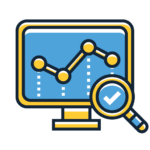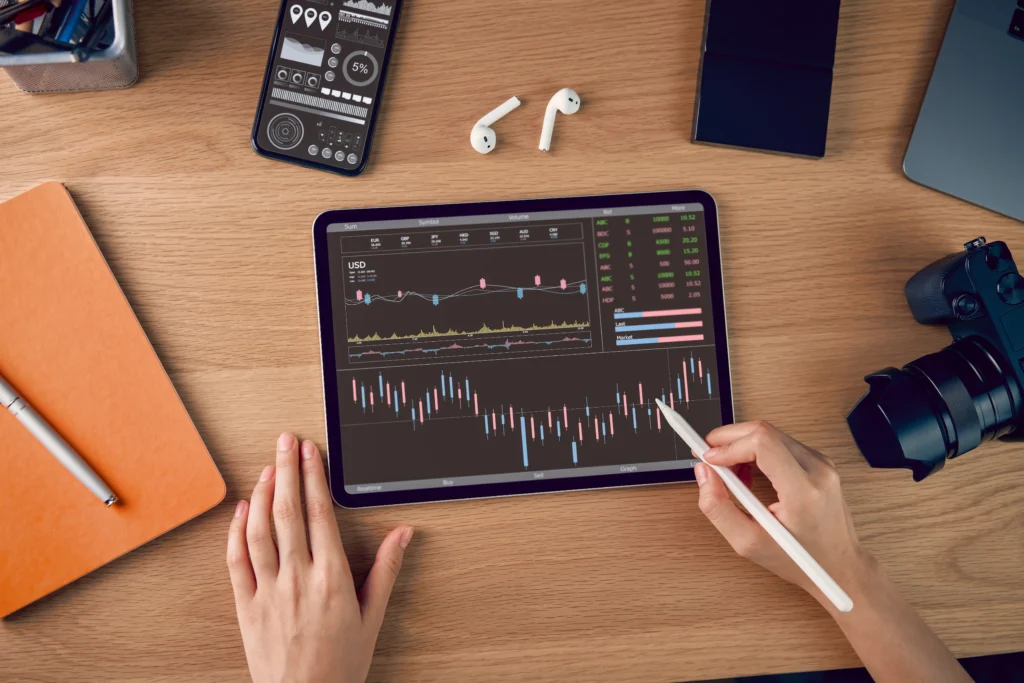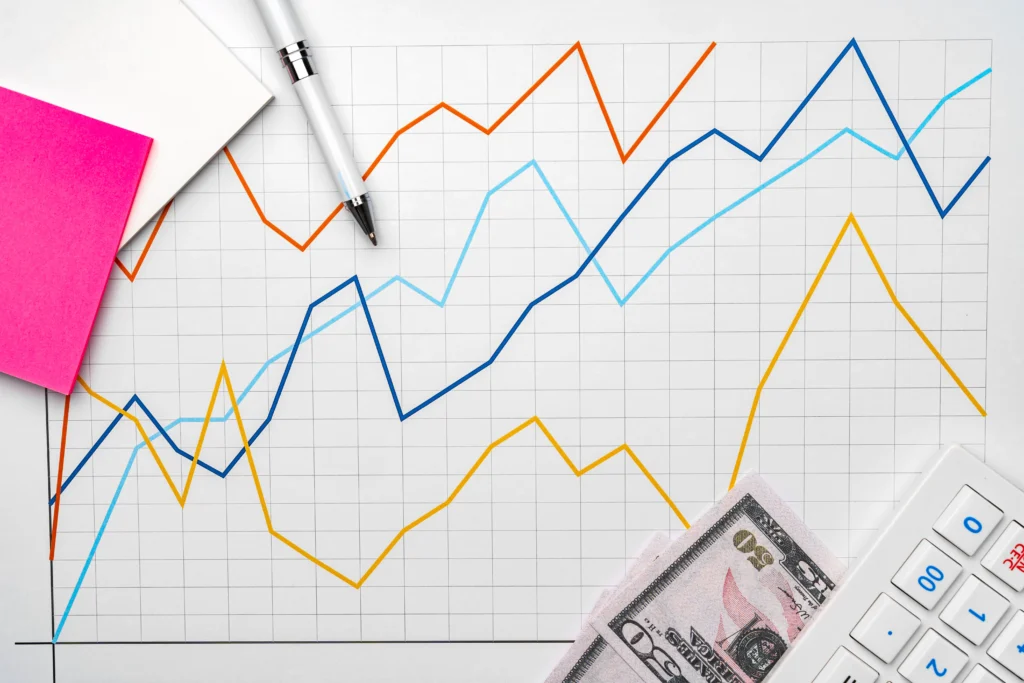Introduction
Entering the world of Forex trading can feel overwhelming for beginners, but having the right tools and guidance can make all the difference. One of the most powerful tools for new traders is Forex Signals—alerts that provide actionable trade recommendations based on market analysis. This guide will explore Forex Signals Explained, helping beginners understand what they are, how they work, and how to use them effectively to improve trading outcomes.
By the end of this guide, you’ll know how Forex signals function, their types, and strategies for integrating them into your trading journey. To access reliable and accurate signals, check out our Pricing Plans.

What Are Forex Signals?
Forex signals are trade recommendations that provide specific information on when to buy or sell currency pairs. These signals are typically generated through technical analysis, fundamental analysis, or a combination of both.
Key Components of a Forex Signal:
- Currency Pair: The pair being traded (e.g., EUR/USD).
- Entry Price: The price level to open a trade.
- Stop-Loss: A predefined level to close the trade if it moves against you.
- Take-Profit: A target price to close the trade for a profit.
- Trade Direction: Indicates whether to buy (long) or sell (short).
How Do Forex Signals Work?
Forex signals are generated by experienced analysts or automated systems that use algorithms to scan the market for opportunities. They are then delivered to traders through various platforms, including:
- Email Alerts
- SMS Notifications
- Telegram Channels
- Mobile Apps
The goal is to provide actionable insights that traders can use to make informed decisions without spending hours analyzing charts and data.
Why Are Forex Signals Important for Beginners?
- Simplified Decision-Making
Forex signals eliminate the guesswork, making it easier for beginners to enter and exit trades confidently.
- Educational Value
By following signals, beginners can learn how experienced traders analyze the market and make decisions.
- Time Efficiency
Signals save time by providing ready-to-use recommendations, allowing traders to focus on execution.
- Risk Management
Most signals come with predefined stop-loss and take-profit levels, helping beginners manage risk effectively.
Types of Forex Signals
- Manual Forex Signals
Generated by experienced traders who analyze the market and share their insights.
Advantages:
- Backed by human expertise.
- Often include explanations and educational content.
Disadvantages:
- May be slower than automated signals.
- Subject to human error or bias.
- Automated Forex Signals
Generated by algorithms that analyze market data in real-time.
Advantages:
- Fast and efficient.
- Not influenced by emotions.
Disadvantages:
- Lack of human intuition.
- May fail to account for unexpected market events.
- Free Forex Signals
Often offered by brokers or trading communities as a way to attract users.
Advantages:
- Accessible to beginners.
- No financial commitment required.
Disadvantages:
- Limited features or accuracy.
- May lack detailed explanations.
- Premium Forex Signals
Paid services that provide advanced features, higher accuracy, and personalized support.
Advantages:
- Greater reliability and profitability.
- Comprehensive analysis and additional tools.
Disadvantages:
- Requires an upfront financial investment.
To explore premium Forex signal services, visit our Pricing Plans.

How to Use Forex Signals Effectively
Step 1: Choose a Reliable Signal Provider
- Research providers with a proven track record of accuracy.
- Check user reviews and testimonials to assess credibility.
Step 2: Understand the Signal Components
- Familiarize yourself with entry, stop-loss, and take-profit levels.
- Ensure you understand the reasoning behind the signal.
Step 3: Use Risk Management
- Always set stop-loss orders to limit potential losses.
- Avoid risking more than 1-2% of your trading capital on a single trade.
Step 4: Practice in a Demo Account
- Test signals in a risk-free environment before trading live.
Step 5: Monitor Performance
- Keep a journal of trades executed based on signals to identify patterns and areas for improvement.
Key Indicators Used in Forex Signal Generation
- Moving Averages (MA)
- Identify trends and smooth out price data.
- Relative Strength Index (RSI)
- Measure overbought or oversold conditions.
- MACD (Moving Average Convergence Divergence)
- Analyze momentum and potential reversals.
- Bollinger Bands
- Assess market volatility and breakout opportunities.
- Fibonacci Retracement
- Identify support and resistance levels during pullbacks.

Advantages of Using Forex Signals
- Accessibility
- Signals are easy to understand, even for beginners with minimal trading experience.
- Time-Saving
- Signals provide ready-to-use recommendations, reducing the need for extensive analysis.
- Enhanced Profitability
- By following accurate signals, traders can achieve consistent returns.
- Educational Insights
- Learn how to analyze the market and make informed decisions.
Common Mistakes to Avoid When Using Forex Signals
- Blindly Following Signals
- Always validate signals with your own analysis to ensure alignment with your strategy.
- Overtrading
- Avoid executing every signal; focus on high-probability setups.
- Ignoring Risk Management
- Always use stop-loss levels and limit position sizes to protect your capital.
- Relying Solely on Signals
- Combine signals with market knowledge and personal research for better results.

Building a Long-Term Strategy with Forex Signals
- Set Clear Goals
- Define your profit targets and risk tolerance.
- Reinvest Profits
- Use a portion of your earnings to grow your trading account.
- Diversify Trades
- Avoid overexposure by trading multiple currency pairs.
- Continuously Learn
- Stay updated on new strategies and market trends to refine your skills.

Conclusion
Understanding Forex Signals Explained is the first step for beginners looking to navigate the Forex market successfully. By simplifying decision-making, saving time, and providing educational value, Forex signals are an invaluable tool for new traders.
To get started, choose a reliable signal provider, practice disciplined risk management, and continuously refine your strategy. For premium signals designed to enhance your trading journey, explore our Pricing Plans or use our Forex Calculators for precise trade planning. With the right approach, Forex signals can become the foundation of your trading success.
























